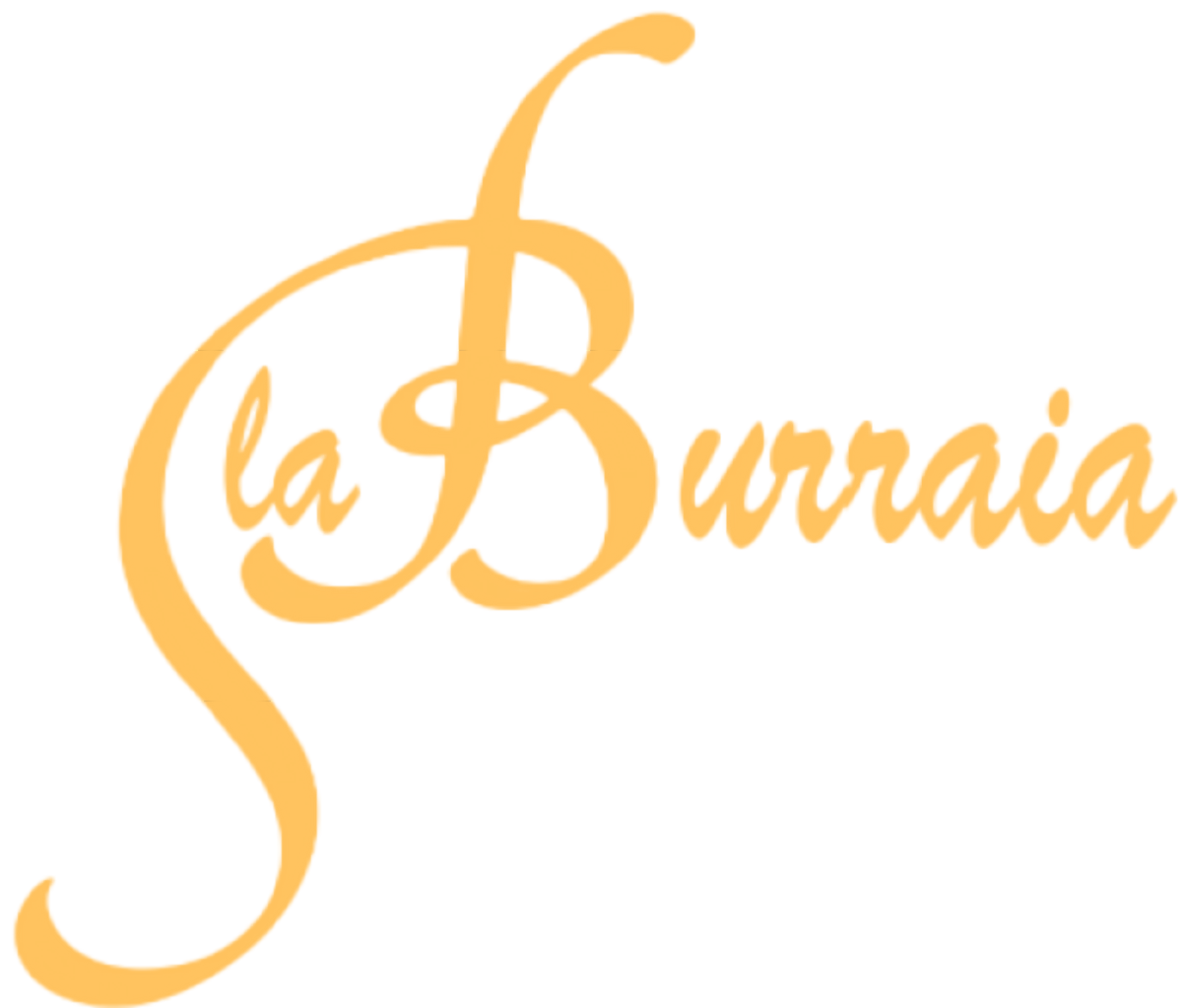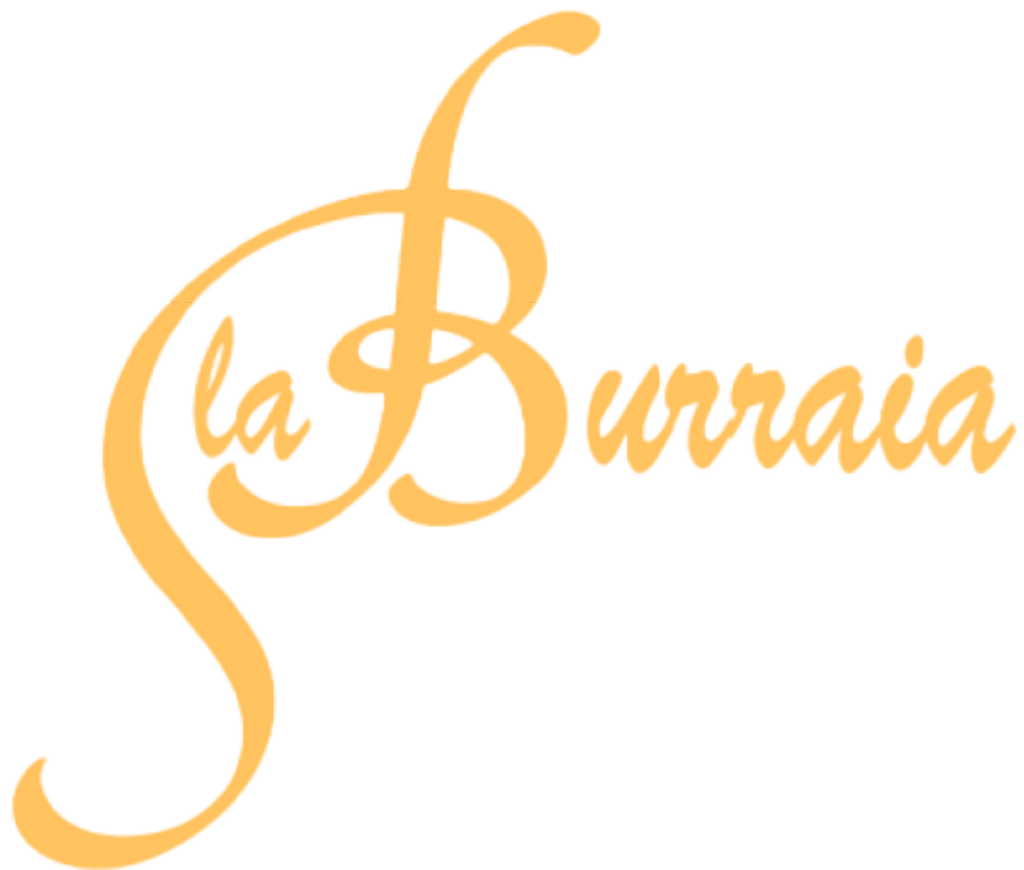Florence: The Cradle of the Renaissance
There is so much to see and do in Florence that anyone visiting for the first time cannot decide between what they can see right away and what they have to put off until their next stay. Museums, monuments and works of art in the open air, characteristic squares, bridges and streets, artisan workshops and boutique shops, local markets – not even a month-long holiday would be able to make you discover all the wonders hidden in this city.


Accademia Gallery – Michelangelo’s David
Michelangelo’s David is one of the symbols of Florence, but do you know where the original is? Strolling around Florence or looking at some photos of the city, you may have wondered which is the real David, seeing the statue in Piazza della Signoria and the one in Piazzale Michelangelo. Which is the original? Well… neither: they are both copies! The original, an enormous 5-tonne, 5-metre-high marble statue is kept indoors, inside the Gallery.
In the centre of the Hall of Colossus stands the ‘Rape of the Sabine Women’, the famous marble group by the Flemish artist Jean de Boulogne, known as Giambologna, created between 1579 and 1580. The sculptor, eager to establish himself on the Florentine art scene, wanted to demonstrate his technical skill in arranging three figures in action in a balance all played out in serpentine movement and conceived it for viewing from multiple viewpoints.


The Uffizi Gallery
With more than 1.5 million visitors each year, the Uffizi in Florence is the most visited museum in Italy. It houses an immense collection of works of art, only part of which are on permanent display (more than 2,200 works). Many other works are kept in the storerooms. Visiting the Uffizi can take days. Also because after 2 or 3 hours inside the gallery you are overwhelmed by so much beauty and culture. Here are two paintings: Botticelli’s The Birth of Venus and Raphael’s Madonna of the Goldfinch.


Ponte Vecchio – eternal symbol of Florence
Built next to a Roman crossing, the Ponte Vecchio was until 1218 the only bridge crossing the Arno in Florence. The bridge, as we see it today, was built in 1345 after a violent flood had destroyed the previous one. Above Ponte Vecchio, you can see part of the beautiful Vasari Corridor, built in 1565 by Giorgio Vasari, which passes just above the goldsmiths’ shops that now stand on either side of the bridge.
Ah, Florence. The city that makes us sigh with its art and good food. But did you know that this picturesque Tuscan destination also hides a unique phenomenon? We are talking about the buchette del vino, or wine windows, a wine phenomenon without equal.


Florence Cathedral
The Duomo of Florence, whose full name is the Cathedral of Santa Maria del Fiore, is the fourth largest church in Europe, with its three naves, its white and green marble exterior façades and its interior bare of furnishings but dominated by a cycle of monumental frescoes painted by Giorgio Vasari and Federico Zuccari between 1572 and 1579.
Brunelleschi’s Dome is the Duomo’s cross-vaulted roof, and just think, at the time of its construction it was the largest dome in the world! Nowadays it still holds a record: it is the largest masonry dome ever built, with a maximum internal diameter of 45.5 m! A true masterpiece by Filippo Brunelleschi.


But the beauty of the Duomo does not end here! Not to be missed is a visit to Giotto’s marvellous Campanile (Bell Tower), from the top of which there is a wonderful view over the whole of Florence! With a height of almost 85 m, it is the best testimony to 14th-century Florentine Gothic architecture. The exterior, like the Cathedral, is covered in beautiful white, red and green marble and is considered by many to be the most beautiful bell tower in Italy!
Fourth and last beauty of the Duomo of Florence, but by no means last in importance: the Baptistery of San Giovanni! Also located in Piazza Duomo, in front of the entrance to the Cathedral, it is one of the oldest churches in Florence! what we see today is in fact the result of extension work on a pagan temple transformed into a church and then further restored!



